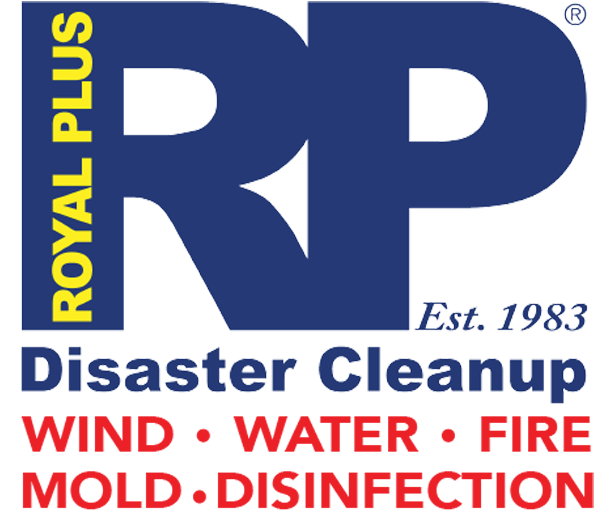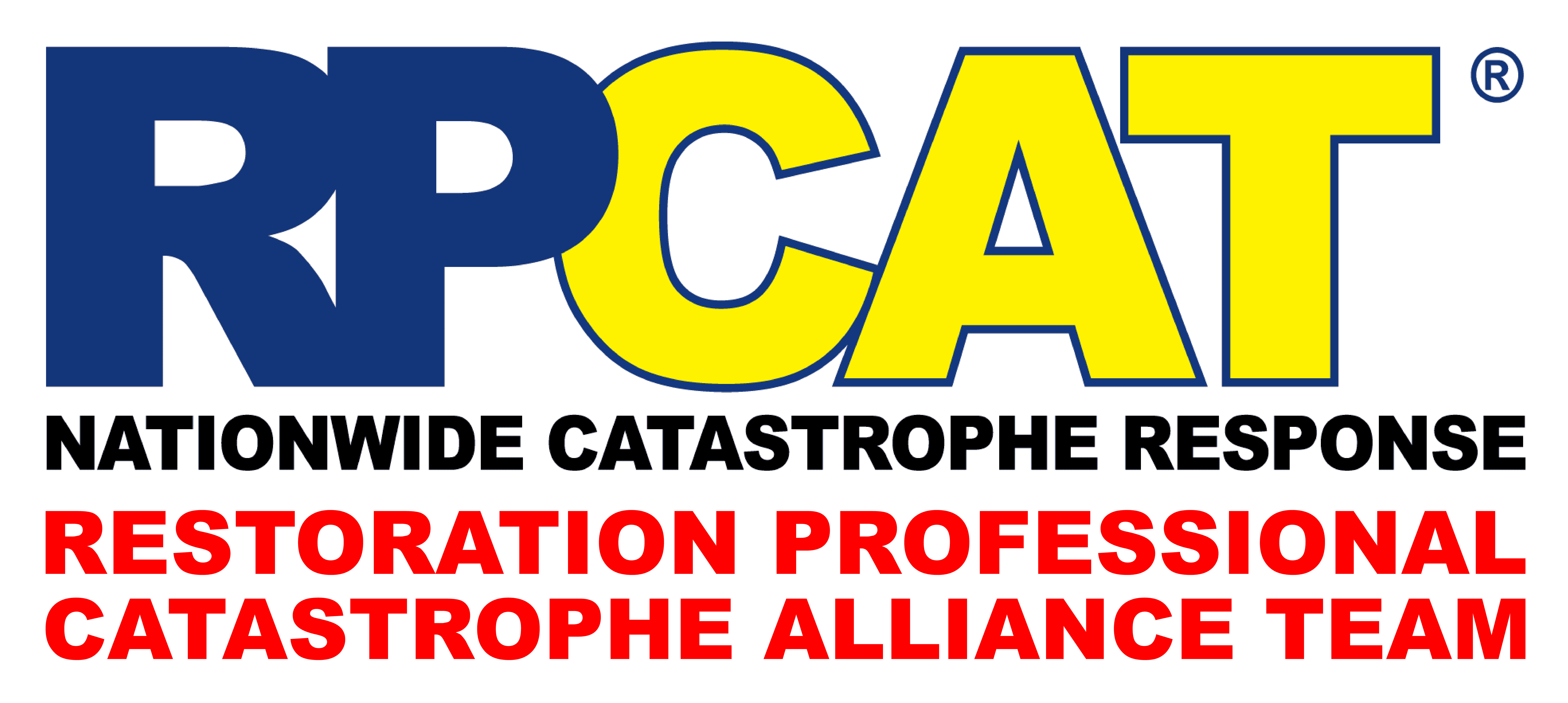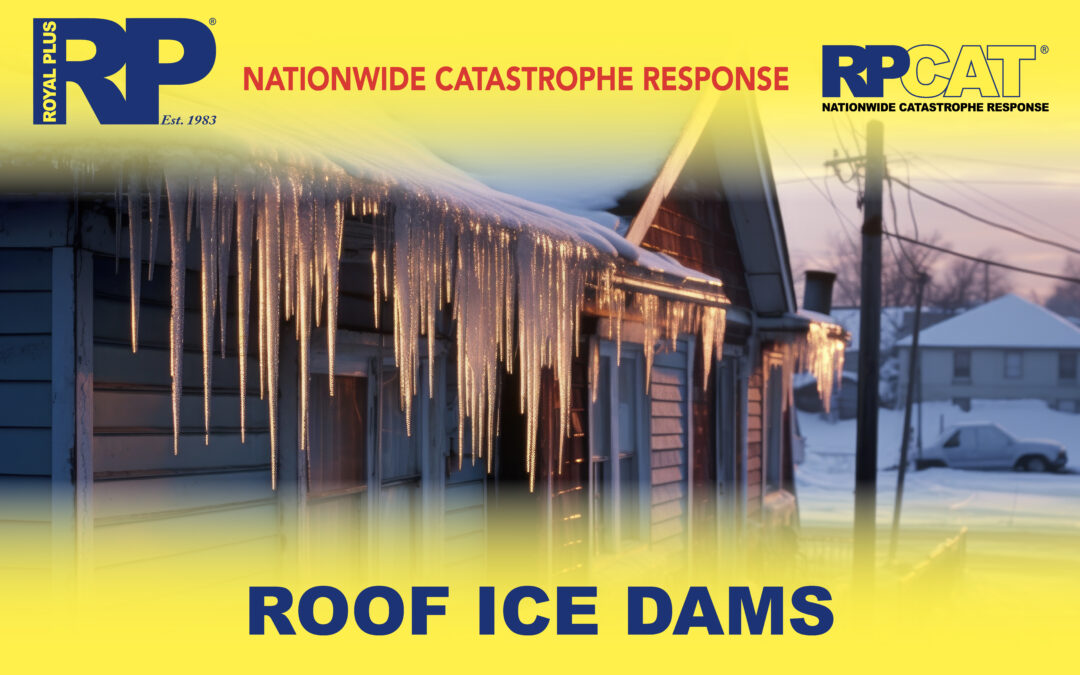Roof ice dams typically form due to a combination of snow accumulation, heat loss from the interior of the home, and freezing outdoor temperatures. After a snowfall, snow accumulates on the roof surface. This layer of snow acts as insulation, preventing heat from escaping directly from the roof into the colder outdoor air. Heat from the interior of the home escapes through the roof, warming the roof surface. This heat melts the bottom layer of snow nearest to the roof, creating water runoff. As the melted snow water reaches the colder overhang of the roof, it encounters freezing outdoor temperatures. Here, the water refreezes, forming a layer of ice along the roof’s edge. Over time, as this process repeats with subsequent snowfalls and temperature fluctuations, the ice layer at the roof’s edge grows thicker, forming what is known as an ice dam. The ice dam prevents melting snow water from draining properly off the roof. Instead, the water backs up behind the dam, pooling on the roof surface. With nowhere else to go, the pooled water can seep underneath the shingles, into the attic, and eventually into the interior of the home, causing water damage to ceilings, walls, insulation, and other structural components.
Preventing roof ice dams involves a combination of insulation, ventilation, and proactive maintenance. Here’s a guide on how to prevent them:
- Insulation: Proper insulation in the attic helps maintain a consistent temperature on the roof surface, preventing snow from melting unevenly and forming ice dams. Ensure that there is enough insulation to keep heat from escaping into the attic space.
- Ventilation: Good attic ventilation is crucial for regulating temperature and moisture levels. Ridge vents, soffit vents, gable vents, or roof vents can help ensure proper airflow, keeping the roof surface cool and minimizing the risk of ice dams.
- Sealing: Seal any air leaks in the attic, such as around plumbing vents, chimneys, light fixtures, and attic hatches. Use caulk or spray foam insulation to seal these gaps and prevent warm air from escaping into the attic.
- Gutter Maintenance: Keep gutters and downspouts clean and free of debris to ensure proper drainage. Clogged gutters can contribute to ice dams by allowing water to accumulate and freeze along the roof’s edge.
- Roof Raking: Use a roof rake to remove snow from the lower sections of the roof after heavy snowfall. This helps prevent the buildup of snow and reduces the likelihood of ice dams forming.
- Ice and Water Shield: Install an ice and water shield membrane along the eaves and valleys of the roof as an added layer of protection against water penetration from ice dams.
By implementing these preventive measures, you can minimize the risk of ice dams forming on your roof and prevent potential damage to your home. If you experience water damage, call the experts at Royal Plus. (866) 404-7587




Recent Comments